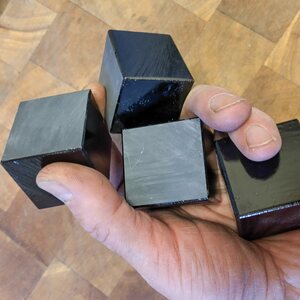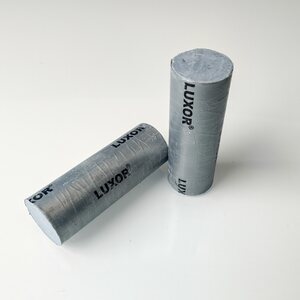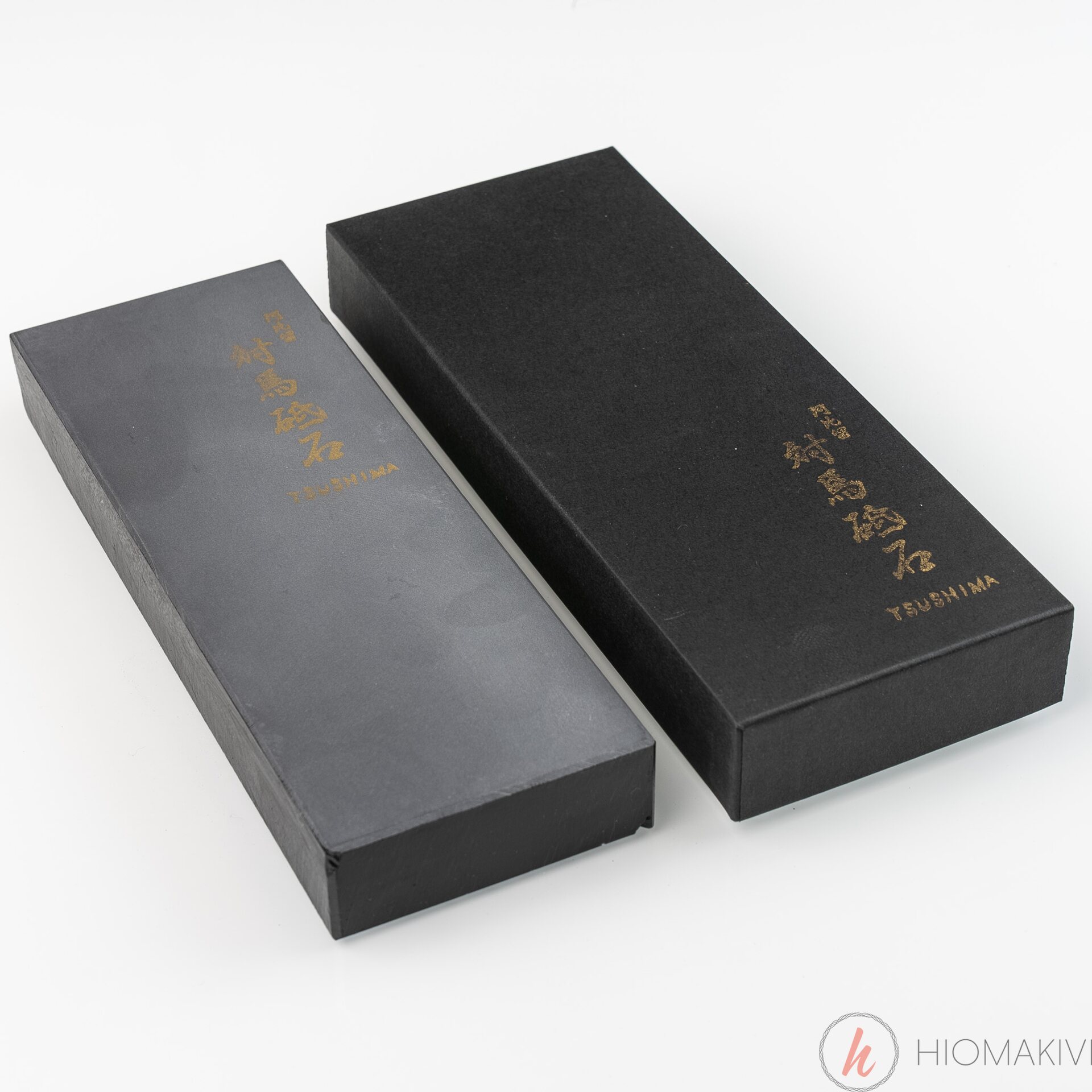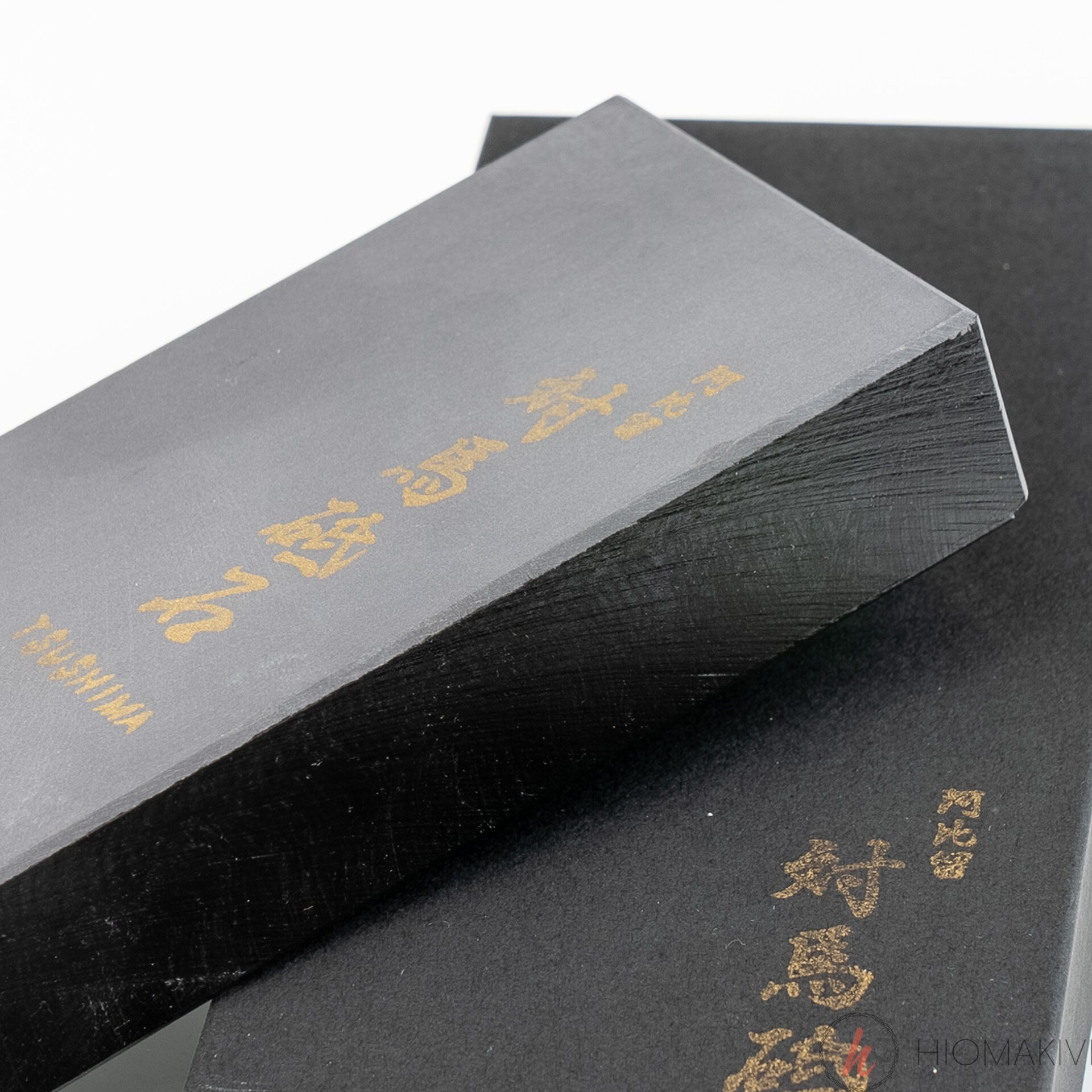
TSUSHIMA Nagura
Subito
Disponibilità
Recensioni
| Valutazione generale | (8 recensioni) |
Descrizione del prodotto
La pietra naturale Tsushima Nagura è un’ottima scelta anche per i principianti che desiderano scoprire le pietre naturali giapponesi (JNAT). Proviene dall’isola di Tsushima, a ovest del Giappone, famosa per le sue pietre da affilatura di alta qualità.
Curiosità
Questa pietra viene estratta dal fondale marino durante la bassa marea. Il metodo utilizzato è piuttosto laborioso e, secondo le ultime informazioni, l’attività sta per essere interrotta. Riceverò ancora un lotto, ma dopo di che diventeranno una rarità.
Caratteristiche
- Origine: Isola di Tsushima, Giappone
- Materiale: Quarzo a grana molto fine
- Grana: Circa 5000–6000 (equivalente sintetico)
- Lunghezza: 205 mm
- Larghezza: 75 mm
- Spessore: 25 mm
- Peso: 1100 g
Le pietre naturali non sono mai perfettamente simmetriche – gli angoli scheggiati sono normali. La superficie di affilatura è però sempre liscia e pronta all’uso.
Utilizzo:
La pietra Tsushima è molto densa e omogenea, perfetta per la finitura. La sua durezza la rende adatta anche all’affilatura di rasoi. È completamente laccata tranne su un lato e non deve essere immersa in acqua – la lacca protegge ma non sopporta l’immersione prolungata.
La uso per rifinire coltelli da filettare, lame dritte e testine di taglio.
Vantaggi:
- Versatilità: Ideale per la finitura e diverse esigenze
- Durabilità: Pietra naturale di alta qualità e lunga durata
- Artigianato tradizionale: Apprezzata da professionisti e artigiani
Perché scegliere Tsushima:
Offre un’esperienza di affilatura unica, frutto di secoli di artigianato giapponese. Perfetta per chef professionisti e appassionati esigenti.
Consigliamo TSUSHIMA Nagura Cube per ottenere una slurry più intensa sulla superficie della pietra.
ATTENZIONE!
Le pietre "Splash-and-Go" non devono essere conservate immerse in acqua per lunghi periodi. Usa solo la quantità d’acqua necessaria per la pietra. Non immergere completamente la pietra in acqua. Dopo l’affilatura, asciugala immediatamente con un asciugamano per mantenerla pulita e avviare il processo di asciugatura. Lascia asciugare la pietra in una posizione in cui non tocchi alcuna superficie solida – ad esempio appoggiandola su una penna. Lascia asciugare lentamente e senza fonti di calore aggiuntive. Non esporla alla luce solare diretta e non lasciarla gelare quando è umida. Il processo di asciugatura dura più di 24 ore. Conserva la pietra al riparo da urti, ad esempio nella sua scatola senza l’eventuale pluriball originale. Non mettere la pietra bagnata in un sacchetto di plastica.
Peso
1,1 kg
(con l'imballaggio 1,4 kg)
Paese di origine
CommentiAggiungi commento
Prodotti che sono stati acquistati spesso insieme:










